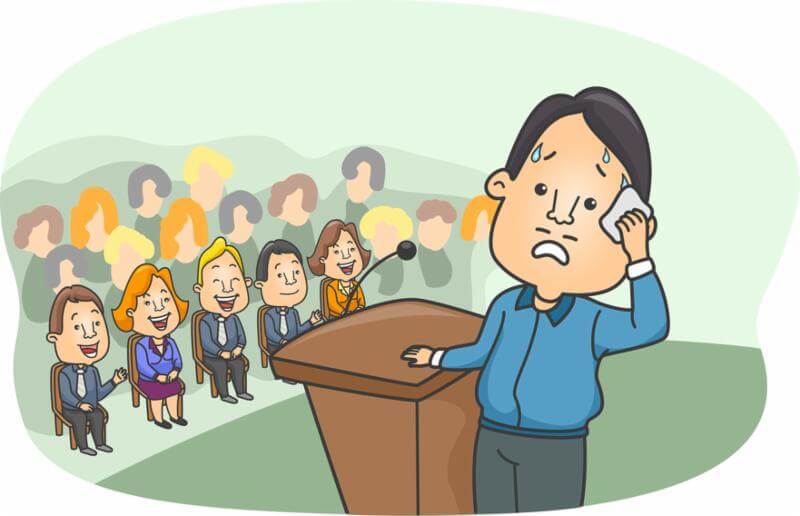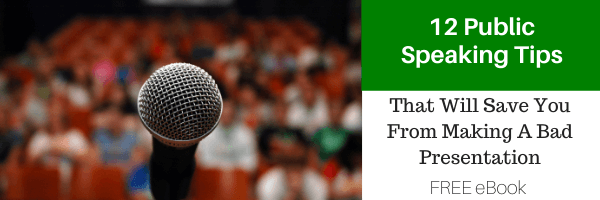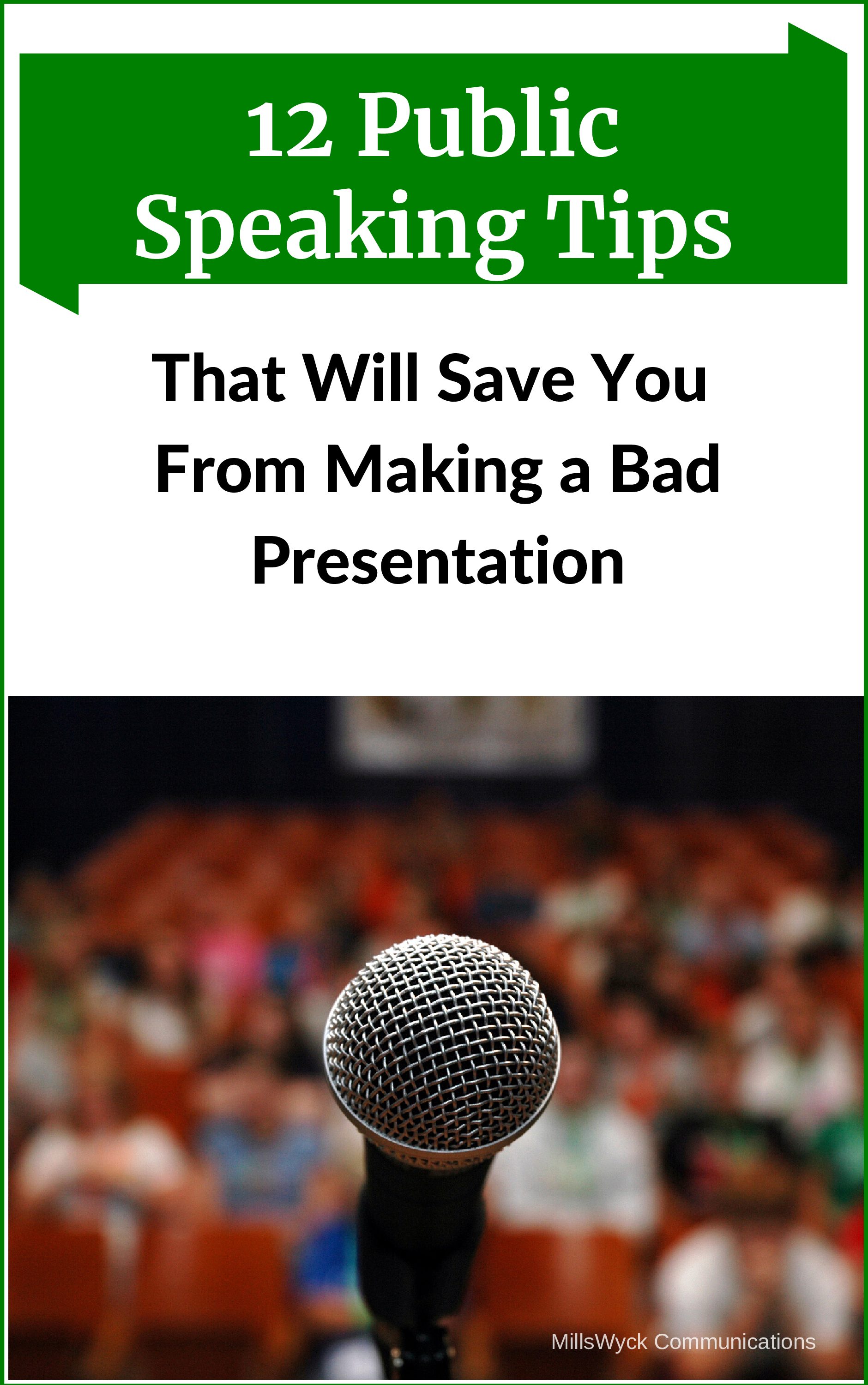Don’t look at the calendar. It’s October. October!? Where did the time go? For many of us, October means the fourth quarter is here. Quotas. The rush is on. Throw in holidays, the changing weather, shorter days (for those of us in the Northern Hemisphere), the realization that we’re rolling the calendar another year, and it’s enough to get us depressed. But it doesn’t have to be this way. Ending well is a pretty simple concept to carry out. You need to know where you’re going and how you’re going to get there.
Speaking is the same way.
Just today (the day I’m writing this, not the day you’re reading it), I was teaching and looked at the clock. WHAT?!?! I had eight minutes until time was up, but thought I had about twenty. And when one of the points in your message is Always, ALWAYS, ALWAYS… FINISH ON TIME, you feel a great pressure (and justifiably so) to finish on time. The race was on.
I don’t know how time slips away from us so easily, but it does. I’ve been here before. LOTS of times. It’s time to end and your mind is racing. What to do?

First, what not to do. I’ve observed three main mistakes speakers make when it’s getting time to close.
- Announce the ending. I learned this lesson through the (bad) experience of teaching. If you say, “This is the last thing we’ll cover before we’re done,” then the next thing you’ll hear are bookbags zipping shut and binders clicking. When people hear “ending”, they’re done. Don’t announce that you’re winding down (they’ll figure it out).
- Comment about being over time. A speaker shouldn’t talk about time on stage (ever?!). Give the material the audience wants to hear and be done. Don’t talk about your internal clock problems and certainly don’t ask for permission to go over. End on time without the drama.
- Talk faster. As the pressure rises I’ve found that pausing more makes me finish faster. Seems like that shouldn’t be, but when you’re pressed for time the edits come in the mind, not in the delivery. Figuring out the quick one sentence conclusion is better than talking through a paragraph quickly. And, it’s easier to digest and more impactful for your audience as well. Slow down.
If you have a plan for your ending, it’s easy to end quickly and powerfully. Here are three components I use (and teach) in my endings.
- A summary. Consider the statement, “if you didn’t get anything else out of today, you should have heard _____.” Of course, we should build in the important stuff with a well-formed structure and repeat it as we go along, but I like to give one last hurrah to the “Hey, don’t forget this!” before I leave the stage. This is a summary – one sentence with a list of points. This is NOT a rehash of details and content. Short and sweet. A few seconds.
- Call to action. There had to be a reason you were talking in the first place. Whether it was to teach the Pythagorean Theorem, close the deal, provide guidance for a big decision, or motivate your kids to clean their room, don’t forget the reason you were talking (W.A.I.T. = Why Am I Talking?) Whatever the outcome you were looking for, ask for it. Ask for the signature on the contract. Ask the audience to visit your web site or buy your book.
- End like you started. Of course, this is predicated on the fact that you started well. But if you start with a story about your kids, that’s a good place to tie up loose ends. If you open with a quote, return to it. If you ask a question at the onset, revisit it with a clear answer. But it’s a short ending.
All of that can be done in a few short minutes (or less). There is no reason to belabor the point and drag out an ending. Having a plan means that you can wrap things up and let them go early, as I did today (and a student noticed and commented that I finished on time. She was oblivious to the internal struggle I faced).
The Recency Effect says the last thing you say may be the most remembered. Don’t leave it to chance. End strong.
By the way, the same way to end well in a speech is worth applying to your life. That’s a large part of my forthcoming book, 3D Leadership: Creating a Culture of Purpose for your Organization and Life, due out next month.
Check out the MillsWyck Communications YouTube Channel for more tips!
Communication matters. What are you saying?
Want more speaking tips? Check out our Free Resources page and our YouTube channel.
We can also help you with your communication and speaking skills with our Workshops or Personal Coaching.
This article was published in the October edition of our monthly speaking tips email newsletter, Communication Matters. Have speaking tips like these delivered straight to your inbox every month. Sign up today to receive our newsletter and receive our FREE eBook, “Twelve Tips that will Save You from Making a Bad Presentation.” You can unsubscribe at any time.




